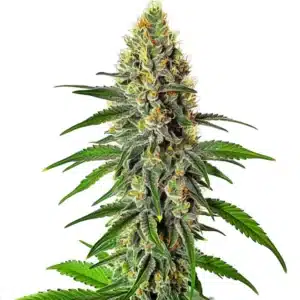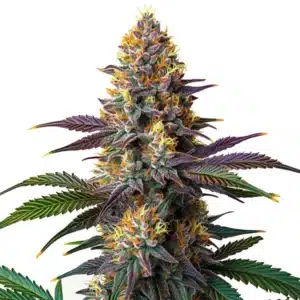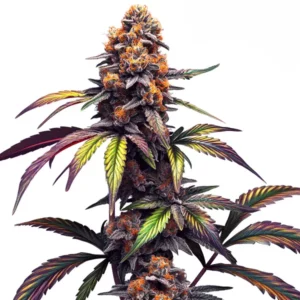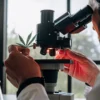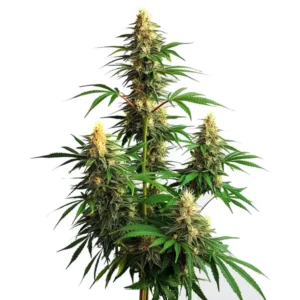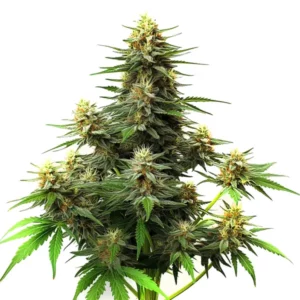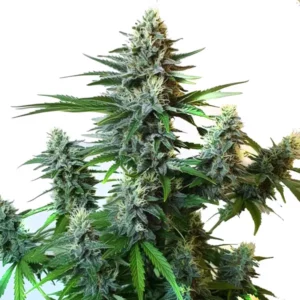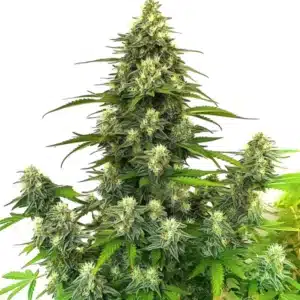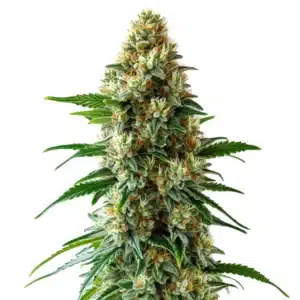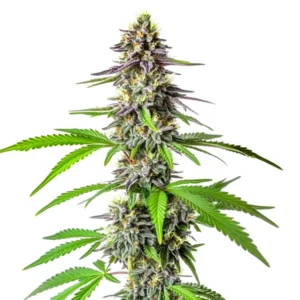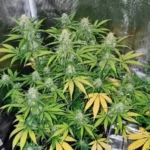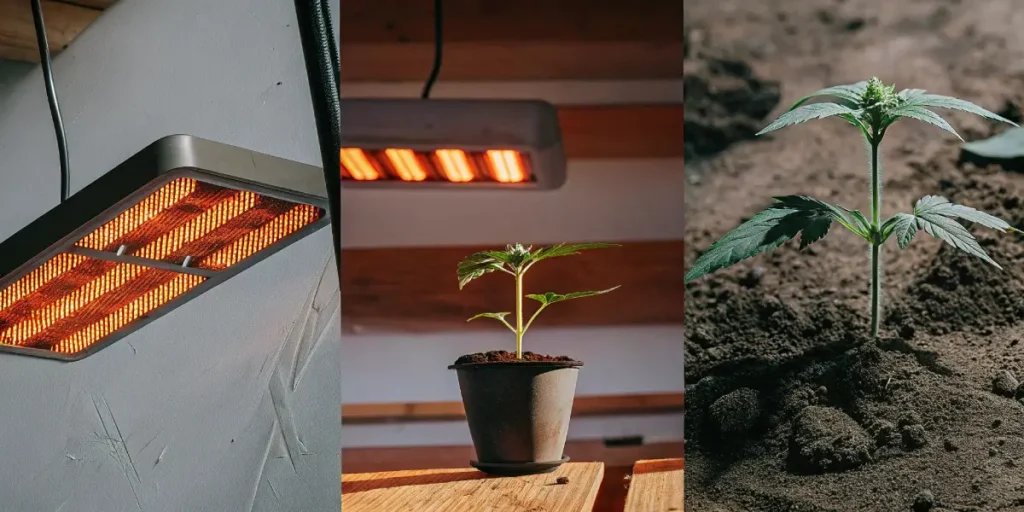
Autoflower Life Span: Complete Guide to Growth Stages and Tips
Life Span of Autoflowers
What Is the Typical Life Cycle of an Autoflower?
Autoflowers typically complete their life cycle within 8 to 12 weeks. This compact growth period makes them an ideal choice for growers looking for a fast turnaround. The autoflower life span is divided into distinct stages, starting from germination and ending with harvest. Unlike photoperiod plants, they transition to flowering automatically based on age rather than light schedule.
This unique feature eliminates the need for light manipulation, allowing growers to focus more on environmental conditions and nutrient management. Autoflowers’ quick life cycle also means they require precise care to maximize their yield within a shorter timeframe.
Recommended Strains
Cherry AK
|
|
THC | 15% - 25% (Medium) |
|
|
Type | Feminized |
|
|
Yield | Low |
|
|
Phenotype | 30% Indica / 70% Sativa |
Cherry Ak Auto
|
|
THC | 15% - 22% (Medium) |
|
|
Type | Autoflowering |
|
|
Yield | Medium |
|
|
Phenotype | 50% Indica / 50% Sativa |
How Autoflowers Differ from Photoperiod Plants
Autoflowers originate from Cannabis ruderalis, a species known for its ability to thrive in harsh climates with limited sunlight. This adaptation allows autoflowers to grow without depending on the light schedule. In contrast, photoperiod plants require specific light cycles, typically 18/6 for vegetative growth and 12/12 for flowering, to complete their life cycle.
This independence from light schedules makes autoflowers a versatile option for both indoor and outdoor cultivation. Additionally, their compact size and resilience make them an excellent choice for beginners and those with limited growing space.
Promos & Deals
Key Stages in the Autoflower Life Cycle
Germination: The Start of Growth
The germination phase lasts 1 to 5 days. During this time, seeds absorb water, activating enzymes that kickstart growth. A healthy taproot emerges, which is essential for strong plant development. Maintaining temperatures between 70-80°F and ensuring a humid environment can speed up germination.
To maximize success, use the paper towel method or plant seeds directly into moist soil. Avoid overwatering during this stage, as it can lead to rot or stunted growth—especially in the early autoflower growth stages, where delicate roots are developing and require careful moisture control.
Seedling Stage: Establishing Roots and Leaves
The seedling stage lasts about 1 to 2 weeks. During this phase, the plant develops its first set of true leaves and starts building a root system. Adequate lighting, around 16 to 24 hours daily, is critical to prevent stretching and weak stems—especially important when planning an effective autoflower light schedule to support healthy early growth.
Maintaining humidity levels between 60-70% and watering sparingly ensures optimal growth. This foundational stage sets the tone for the entire autoflower life span.
Vegetative Stage: Building Structure
The vegetative stage typically lasts 2 to 4 weeks. During this phase, the plant focuses on growing stems, branches, and leaves. Providing a nitrogen-rich nutrient mix supports vigorous growth and prepares the plant for flowering.
Low-stress training (LST) can be applied during this stage to optimize light exposure and create an even canopy. Proper airflow and spacing are also essential to prevent mold and pests.
Flowering Stage: Bud Development and Maturation
The flowering stage is the final and most crucial phase, lasting 4 to 6 weeks. Autoflowers transition to this stage automatically, producing buds regardless of light schedule. During this period, the focus shifts to phosphorus and potassium-rich nutrients to encourage dense bud formation.
Monitoring humidity and temperature levels is key to preventing issues like mold. Trichomes should be checked regularly to determine the optimal harvest time.
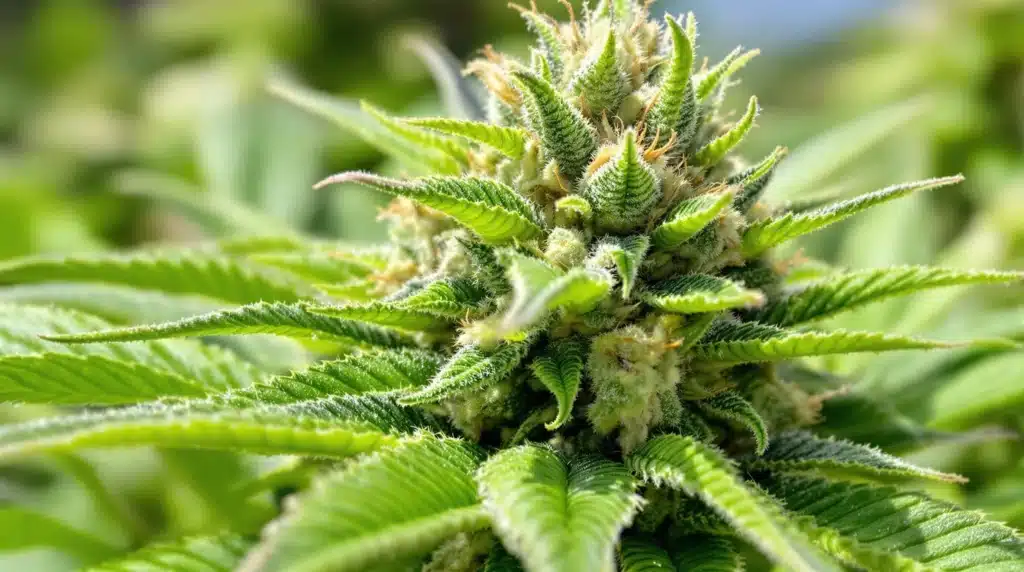
Factors That Influence Autoflower Life Span
Genetic Differences Among Strains
Not all autoflower strains have the same life span. Some, like Gorilla Glue Auto F1, are ready for harvest in as little as 8 weeks, while others, such as Amnesia Haze Auto, may take up to 12 weeks. Choosing strains that align with your growing goals and timeline is essential for success.
The genetic background also influences the plant’s size, yield potential, and resistance to environmental stressors, making strain selection a critical factor in optimizing the autoflower life span.
Environmental Factors Affecting Growth
Temperature, humidity, and light quality significantly impact the autoflower life span. Maintaining consistent environmental conditions ensures steady growth and development. Fluctuations can lead to stress, which may shorten the life cycle or reduce yields.
Outdoor growers should consider planting during seasons with stable weather, while indoor cultivators can use grow lights and climate control to create an ideal environment.
Impact of Nutrients and Light Schedules
Autoflowers thrive on a well-balanced nutrient regimen tailored to their growth stages. Overfeeding or underfeeding can disrupt their life span and overall health. Light schedules, though not as critical as with photoperiod plants, still play a role in maximizing growth. Providing 18 to 24 hours of light daily supports robust growth and flowering without overstressing the plant.
How Long Do Autoflowers Take to Grow?
Average Duration of Each Growth Stage
Autoflowers generally follow this timeline:
- Germination: 1-5 days
- Seedling Stage: 1-2 weeks
- Vegetative Stage: 2-4 weeks
- Flowering Stage: 4-6 weeks
This brings the total autoflower life span to approximately 8 to 12 weeks, depending on the strain and growing conditions. Understanding this timeline helps growers plan their cultivation efforts effectively.
Fast-Growing Autoflower Strains
For growers seeking quick harvests, strains like Northern Lights Auto and Z OG Auto are excellent choices. These fast-growing varieties complete their life cycle in as little as 8 weeks, making them ideal for multiple harvests in a single season.
Fast-growing strains are particularly popular among beginners and those with time constraints, offering reliable yields within a shorter timeframe.
Tips to Maximize Your Autoflower’s Life Span and Yield
Providing Optimal Growing Conditions
Maintaining consistent temperatures between 70-80°F and humidity levels around 40-60% creates an environment conducive to healthy growth. Proper ventilation and adequate lighting ensure the plant’s energy is directed toward bud development.
Investing in high-quality grow lights and monitoring tools can significantly enhance the growing process, leading to a successful harvest.
Timing Nutrient Applications Effectively
Adjusting nutrient levels based on growth stages ensures the plant receives the right support at the right time. During the vegetative stage, focus on nitrogen-rich feeds. Transition to phosphorus and potassium during flowering to promote bud density. Using supplements like calcium and magnesium can further boost plant health and yield potential.
Managing Stress to Avoid Stunted Growth
Minimizing stressors such as overwatering, pest infestations, or drastic temperature changes is critical for maintaining a healthy autoflower life span. Low-stress training techniques can be used to optimize growth without causing unnecessary strain. Regularly inspecting plants and addressing issues promptly ensures uninterrupted growth and development.
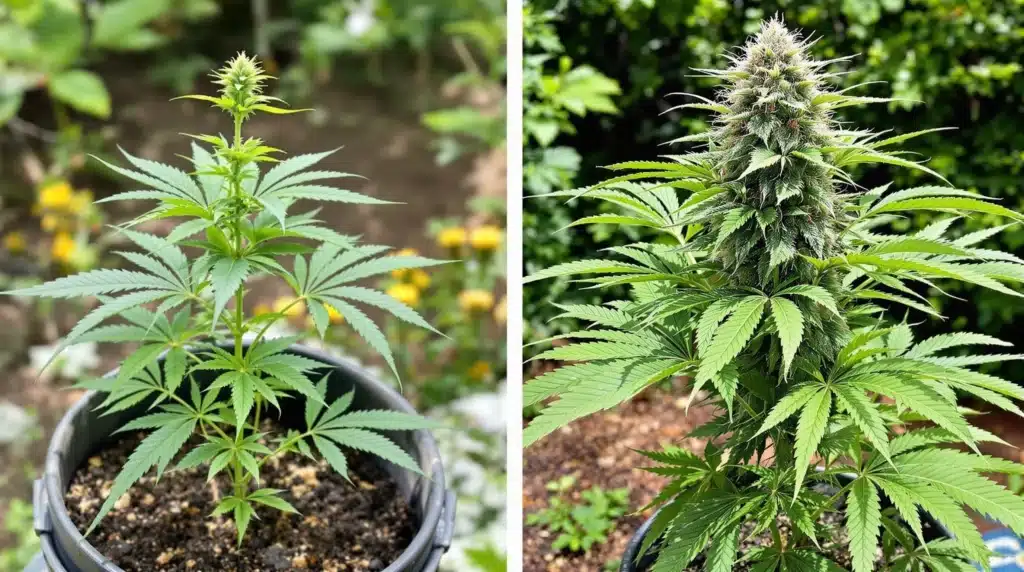
FAQs About Autoflower Life Span
Can Autoflowers Live Longer with Extended Care?
While autoflowers have a predetermined life span, providing optimal care can maximize their growth potential within that timeframe. However, extending their life span beyond the typical 8-12 weeks is not feasible due to their genetic programming.
Does the Life Span Affect Bud Quality?
The autoflower life span directly impacts bud quality. A well-managed life cycle with proper nutrients, lighting, and environmental conditions results in dense, resinous buds with rich terpene profiles. Stress or neglect can lead to lower-quality yields.
How Can I Speed Up or Slow Down an Autoflower’s Growth?
To speed up growth, choose fast-growing strains and maintain optimal environmental conditions. Slowing down an autoflower’s growth is not recommended, as it can lead to stress and lower yields. Autoflowers are designed to grow quickly, so embracing their natural pace ensures the best results.


